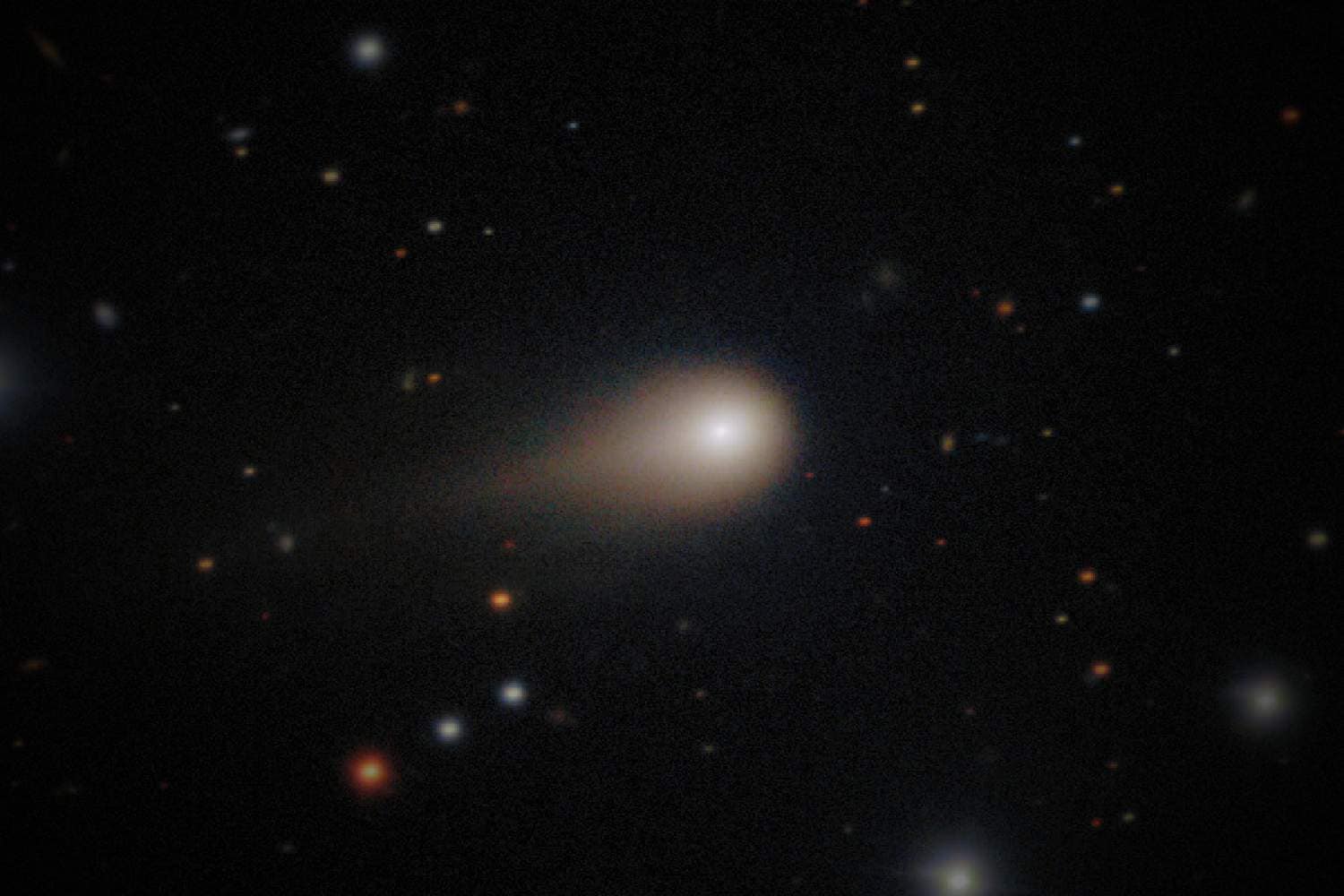Interstellar comet 3I/ATLAS, a massive object roughly the size of Manhattan, is about to reach its closest point to the Sun — an event that astronomers say will dramatically change its appearance and composition.
According to NASA, 3I/ATLAS will reach its closest approach, known as perihelion, around Wednesday, 29 October 2025.
At that point, it will pass just 1.4 astronomical units (about 210 million kilometres) from the Sun — slightly inside Mars’s orbit.
The comet, officially designated as the third interstellar object ever detected, was discovered on 1 July 2025 by NASA’s ATLAS survey telescope in Chile.
It has been moving through the solar system on a hyperbolic path, meaning it will not orbit the Sun but will instead continue its journey back into interstellar space.
When first detected, it was travelling at around 221,000 kilometres per hour — faster than any typical comet originating from within the solar system.
At an estimated diameter of up to 5.6 kilometres, scientists describe 3I/ATLAS as the largest, fastest, and possibly oldest interstellar object ever recorded.
Observations from NASA’s Hubble Space Telescope show that the comet’s icy nucleus is releasing gas and dust, forming a bright “coma” and tail.
As it nears the Sun, heat and radiation are expected to cause it to “outgas” even more, producing a more intense tail that could make it temporarily visible through high-powered telescopes.
While NASA confirms that 3I/ATLAS poses no danger to Earth — its closest distance to our planet will be 1.8 astronomical units (about 270 million kilometres) — scientists are closely monitoring how sunlight and solar winds will affect its chemical makeup.
Instruments aboard Hubble, the James Webb Space Telescope, and several planetary probes, including the Perseverance and Curiosity rovers, are collecting data on how its surface materials react to solar energy.
However, the comet’s unusual activity has drawn attention beyond scientific circles. Harvard astrophysicist Avi Loeb suggested that 3I/ATLAS’s behaviour differs from ordinary comets, with some of its jets appearing to point toward the Sun rather than away from it. He told The Economic Times that the object “could weigh as much as 33 billion tons,” making it thousands of times more massive than other interstellar visitors such as 2017’s ‘Oumuamua or 2019’s 2I/Borisov.
Loeb also speculated that its unusual trajectory and reflective surface “may suggest a design rather than a natural origin,” though most astronomers firmly classify it as a natural comet.
The International Asteroid Warning Network (IAWN) has added 3I/ATLAS to its list of active observation targets.
The group said the comet presents “a rare opportunity for coordinated global observation” because of its extended visibility and the scientific value of studying an interstellar body under extreme solar conditions.
NASA scientists say that after passing perihelion, 3I/ATLAS will head back into deep space, passing near Jupiter in March 2026 before disappearing from view entirely by late 2026.
As the Manhattan-sized comet makes its closest approach this week, scientists across the world will continue to observe how its shape, brightness, and chemical composition evolve — offering an unprecedented look at material that originated far beyond our solar system.
